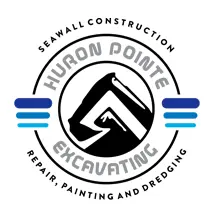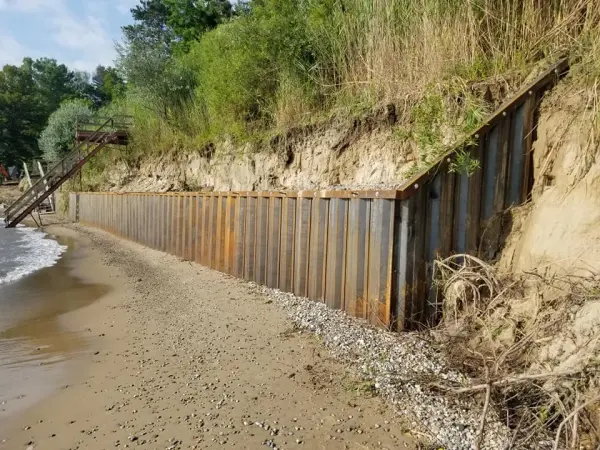Cofferdam
A cofferdam system is a temporary barrier that controls the movement of water, diverting or damming it to create a watertight area or enclosure for construction, repair, excavation, welding, or pouring concrete. This sophisticated, effective system dewaters an area and is available through the seawall and marine construction specialists at Huron Pointe Excavating in Michigan.
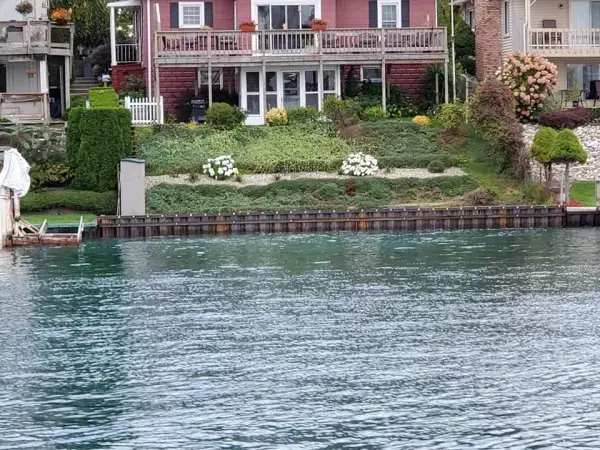
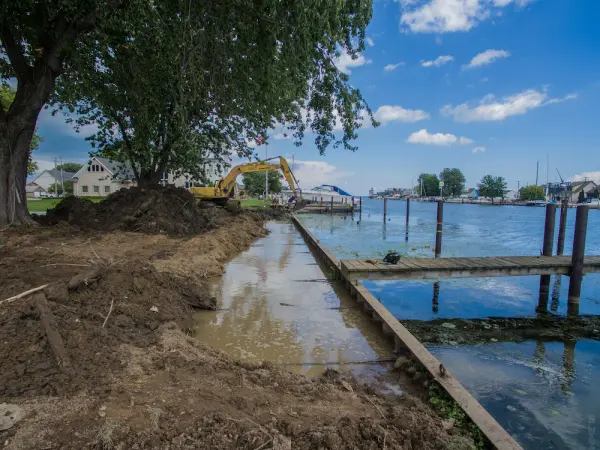
How a Cofferdam Works
A cofferdam is typically built within or around a body of water and situated so the enclosed area can be slowly drained to create a dry working environment. This structure allows for subsurface excavation for building (e.g., foundation or shoring) and is a barrier created to hold the water back. The process can look something like this:
- Removal or drainage of water on the site.
- Water pumped out in stages.
- Water used to fill an inflatable cofferdam, or…
- … water rerouted temporarily or permanently.
- Multiple cofferdams merged if necessary.
Where Coffer Dams Are Used
When water needs to be controlled and areas need to be dried out to allow for construction, repair, or containment, the cofferdam structure is a cost-efficient configuration that can be implemented in a variety of places, conditions, and applications, including:
- Boat ramps
- Bridge construction
- Canal repair
- Cold weather
- Dam repair
- Environmental remediation
- Pipeline construction
- Water containment
- Water control
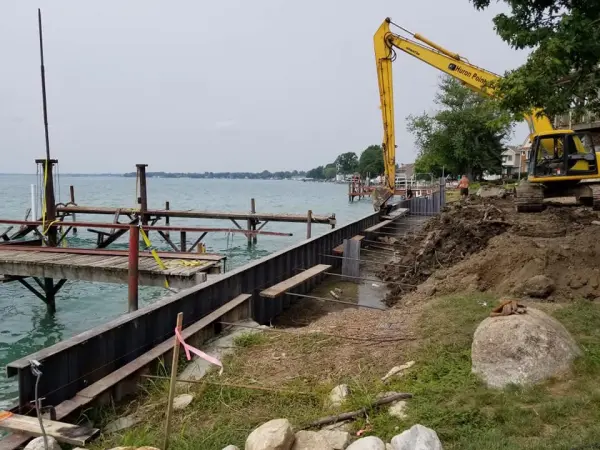
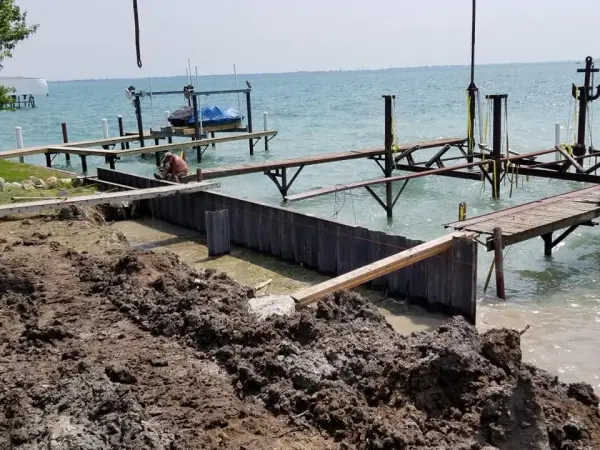
Construction of a Cofferdam
Cofferdams are designed to hold back water until the designated work is done and the coffer dam structure is no longer needed and carefully dismantled. The type of cofferdam material used will depend on the nature of the project but, no matter what, the transport and installation of the structure makes marine work and excavations possible in water-heavy areas.
In some circumstances, cofferdams are made of welded steel. Other situations call for an inflatable barrier that employs inner tubes and uses the water on site to create a dam. These flexible, durable barriers are made of high-tech materials to allow for smooth, seamless, water-free work.
Types of Cofferdams
Cofferdams are customized to suit the size, materials, and configuration needed for a specific job. Site conditions impact the coffer dam of choice, as well as site location and budget. There are several types of this structure, including:
- Braced: Usually shaped like a box and braced with beams to keep it vertical and sturdy and prevent collapse from water pressure. There is a confined space for getting work done.
- Double-walled sheet pile: Appropriate for wide excavations where there is a need for a self-supporting dam.
- Cellular: Intended for large-scale projects using sheet piles formed into a circular pattern to form a tight seal. Often used at docks and dams and can be left in place permanently.
- Earthen: Can be used at sites with flowing water if there is also surface protection and a low head of water.
- Single-walled sheet pile: Can use ground anchor or cross bracing in restricted site areas if there is not a great number of rock formations.
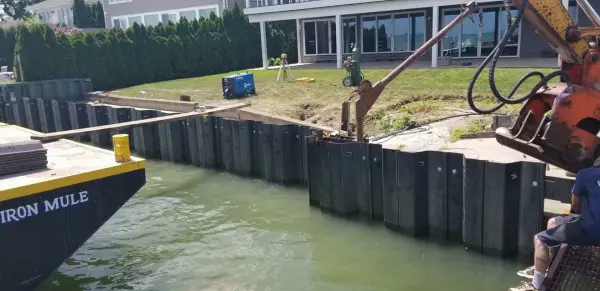

Reduce Your Risk with Huron Pointe Excavation Cofferdams
Working around water is a risk for any contractor, construction specialist, engineer, or otherwise. Rocks, floods, ice flows, currents, watercraft, soil conditions, and more can threaten the integrity of a structure. Consistent dewatering is critical to success, as well as effective seals. Coffer dams deliver a practical, proven method for temporarily removing water from a work area and making that work possible.
Contact Huron Pointe Excavating in Michigan to discuss cofferdams, project safety, emergency plans, and more for your construction.
